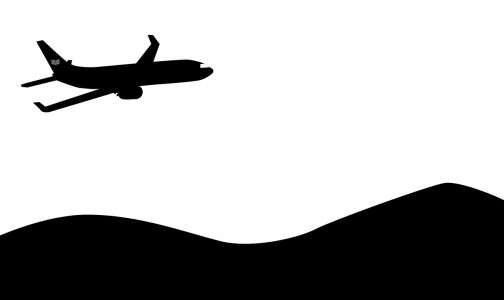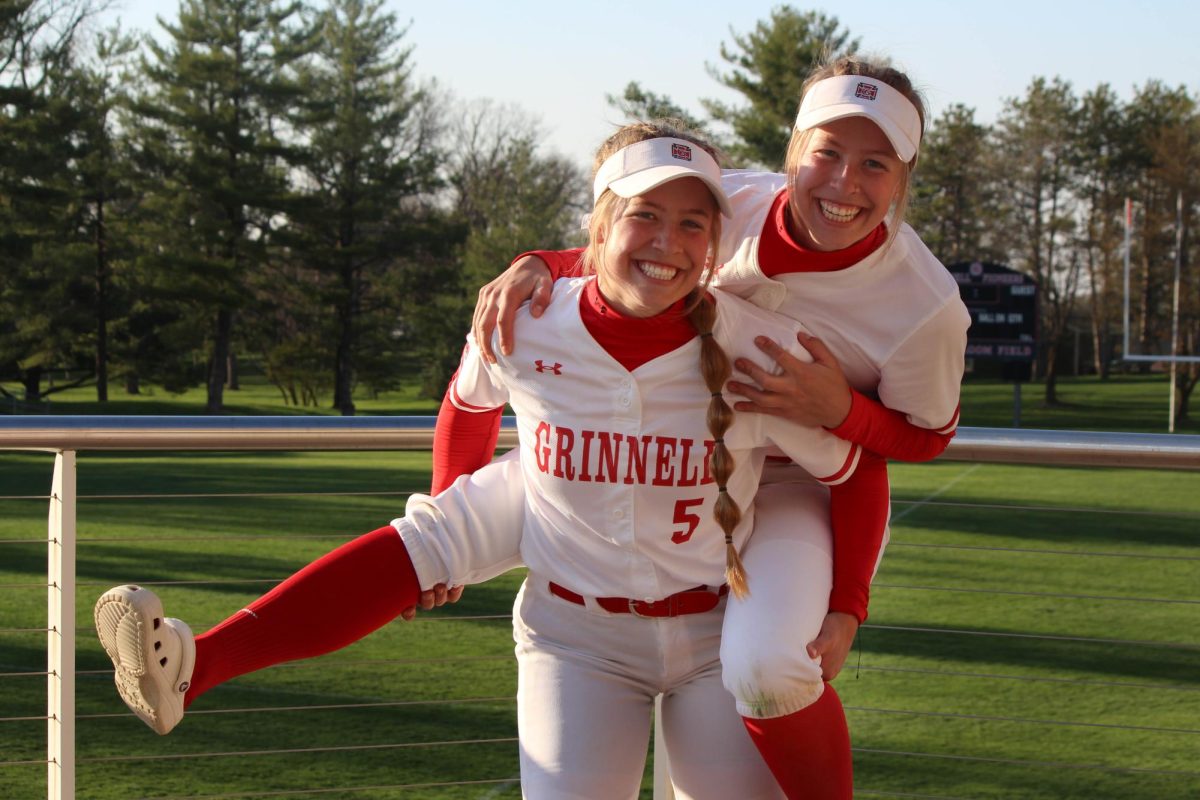Most students take spring break as an opportunity to relax, return home or go on a trip. Rarely does schoolwork remain the main focus for students during these two weeks. However, that is not the case for two groups of students who gladly took the opportunity to partake in coursework during their breaks. During this past spring break, two classes, one in Global Development Studies (Sustainable Development in Costa Rica) and one in Physics (Bridges, Towers and Skyscrapers) took trips to Costa Rica and London, respectively, to conduct focused case studies.
“It’s very much, in my mind, like a group MAP [Mentored Advanced Project], except it’s not a group MAP. Each student is doing their own thing in a larger structure,” explained Monty Roper, Anthropology.
In Costa Rica’s rural community of El Silencio, located on the Pacific Coast, students lived in a home stay with local families during their two weeks there. For the first week, some students woke up at 5:30 a.m. to begin volunteer work. In the second week of their stay, they spent their entire days carrying out their research projects by interviewing community members.
El Silencio offered community-based tourism and volunteerism that students could study while living with local community members.
“It’s basically a semester-long project, with research in the middle, rolled into a class. The way the course is structured wouldn’t exist without the trip,” Roper said.
Leading up to the trip, students reviewed existing research related to development in tourism, agriculture and to the nature of cooperative community. Now that the trip has passed, students will get to analyze and discuss their own data, which will eventually develop into final papers.
Simply because the trip is over does not mean the objectives of the course have now been fulfilled. With personal experiences and enhanced knowledge, class discussion and interests are expected to become richer.
“We also, just generally, will have a much more fluid class dynamic now, I think [because] we are on the same page,” said Roni Finkelstein ’15. The students can now look to this shared experience to enrich their individual understandings of the course, as well as simply grow the relationships amongst the students beyond just a classroom, or even school, setting.
Their research extends not only in space, but also in time.
“One of the things that excites me about the course is that we are building on the work that students have done in the past,” Roper explained.
Students reviewed collective research of the community from 2008 and individual research projects on different themes from 2010—all by Grinnellians.
But the trip was not all about studying; students also enjoyed their break as many of their peerds did—relaxing and having fun, only with their professor present.
Currently, Roper is planning to organize a similar research trip in another two or three years. The fruits of students’ past projects in the tropical zone can be found on the Grinnell website.
Meanwhile, students in the Physics course were striving to bridge the gap between their academic analysis and their personal understanding of major architectural structures in London.
“There is something significantly different that happens when you actually go with a prepared mind, and you discover things,” explained Charles Cunningham, Physics.
In his view, experiencing architectural nuances firsthand allows students to analyze and learn from a different perspective, which can lead to unexpected discoveries.
In order to prepare for the trip, the class laid the foundation for analyzing structures. They even returned to Grinnell for the last week of winter break to intensively study the basic principles of physics. Students wrote papers on particular British structures, which they visited during their trip. They also had the chance to give on-location presentations to their classmates.
“It became an interesting case … where each student was actually a teacher,” Cunningham said.
After the trip, students will tackle the task of sharing and applying what they’ve learned, such as having a poster presentation and building bridges out of soap.
Cunningham is already thinking about future possibilities as well. Appreciating the College’s efforts to provide these opportunities in various departments, he hopes to bring students to different places with significant bridges, towers and skyscrapers, such as New York and San Francisco.
“I think that’s a very nice development to take the world and open it up as a classroom,” he said.






























































Monty Roper • Apr 6, 2014 at 1:25 pm
I would like to note that the students had one day out of 10 at the beach at the end of the trip. This was not a regular option. The rest of the time was spent in a relatively isolated rural agricultural cooperative/community that was near, but not on, the coast. (On a side note, I will add that most of the day at the beach I sat in the shade reading a book, as evidenced by the fact that I was one of the few not to return burned. Apart from this, my “staring” was limited primarily to occasionally checking that no one was carried out to sea by the undertow and observing raccoons trying to steal the students bags.)